Parasite-induced morphology changes in ants
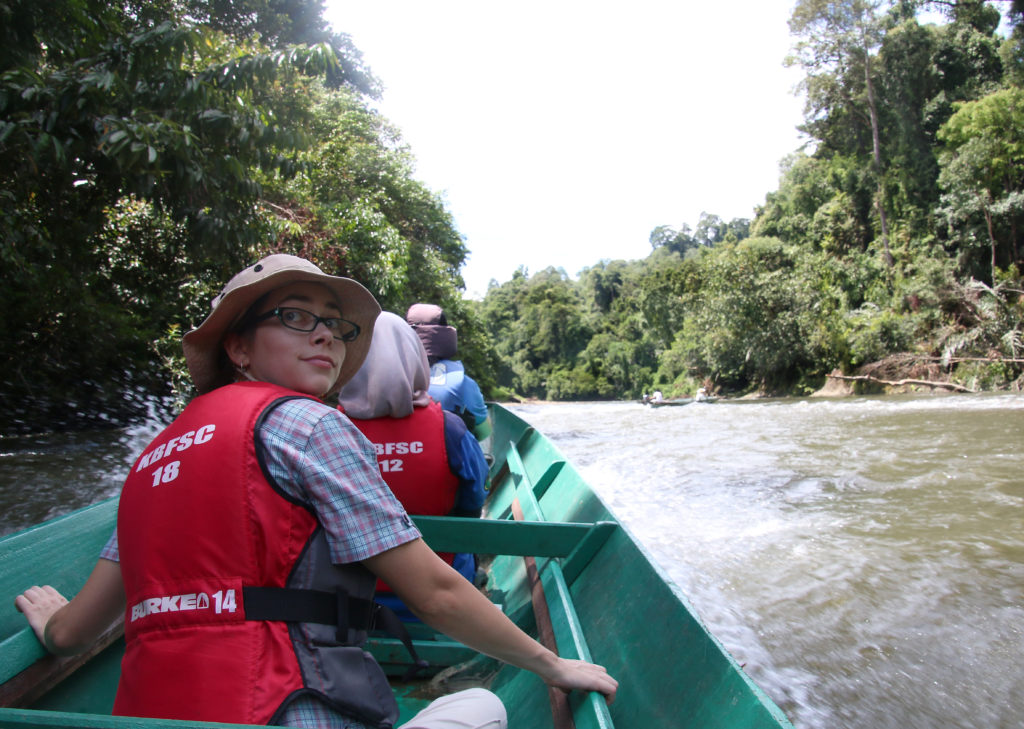
In the recent article “Among the shapeshifters: parasite-induced morphologies in ants (Hymenoptera, Formicidae) and their relevance within the EcoEvoDevo framework” published in EvoDevo, Alice Laciny reviews the literature of parasites and pathogens infecting ant workers and colonies. Many of those parasites and pathogens can interfere with processes of ontogeny and caste differentiation inducing host phenotypic changes. Interestingly, such effects to host development and morphology have rarely been addressed in the context of ecological evolutionary developmental biology (EcoEvoDevo). Here, Alice answers some questions and shares some pictures.
An Interview compiled by Patrick Krapf and James Trager

MNB: Could you tell us a bit about yourself?
AL: My name is Alice Laciny, and I am an entomologist from Austria. I studied zoology at the University of Vienna and got my PhD in the course of an interdisciplinary project on the exploding ants of Southeast-Asia, set at the Natural History Museum Vienna. After this project ended in 2019, I started my postdoc work at the Konrad Lorenz Institute for Evolution and Cognition Research (KLI) in Klosterneuburg. At the KLI, I devoted the last two years to compiling my recently published review paper on ants and parasites from the perspective of ecological evolutionary developmental biology (EcoEvoDevo). Apart from that, I also manage the Austrian Entomologists’ Association (AÖE), engage in science education and outreach, and enjoy creative writing and gardening in my free time.
MNB: Could you briefly outline your recently published article in layman’s terms?
AL: With their large colonies and a lifestyle that puts them in frequent contact with many other organisms, ants are often hosts to different guests, symbionts, and parasites. Out of more than 1400 parasites known from ants, a small number can infect them before adulthood, at the larval or pupal stage. Like other holometabolous insects, ants go through these developmental phases that depend on complex pathways involving nutrients, hormones, and brood care by workers. So when these delicate processes are disrupted by the presence of parasites, the body of the resulting adult ant can be drastically different from its healthy nestmates – sometimes so different, not even expert myrmecologists can recognize the caste or species. The parasites that can have these effects come from various groups of organisms – from viruses and fungi to nematodes – and the changes they cause may be very slight, like a shift in colour, or quite extreme, like a gyne without any wings or ovaries. In my paper, I compiled and organized previously published information on all these different host and parasite groups and the morphological changes known from them.
Since these parasitic organisms are parts of the ants’ environment and can have effects on their hosts’ development and evolution, the framework of EcoEvoDevo seemed like the perfect fit to put these strange morphologies into a bigger context and see what we can learn from them going forward.
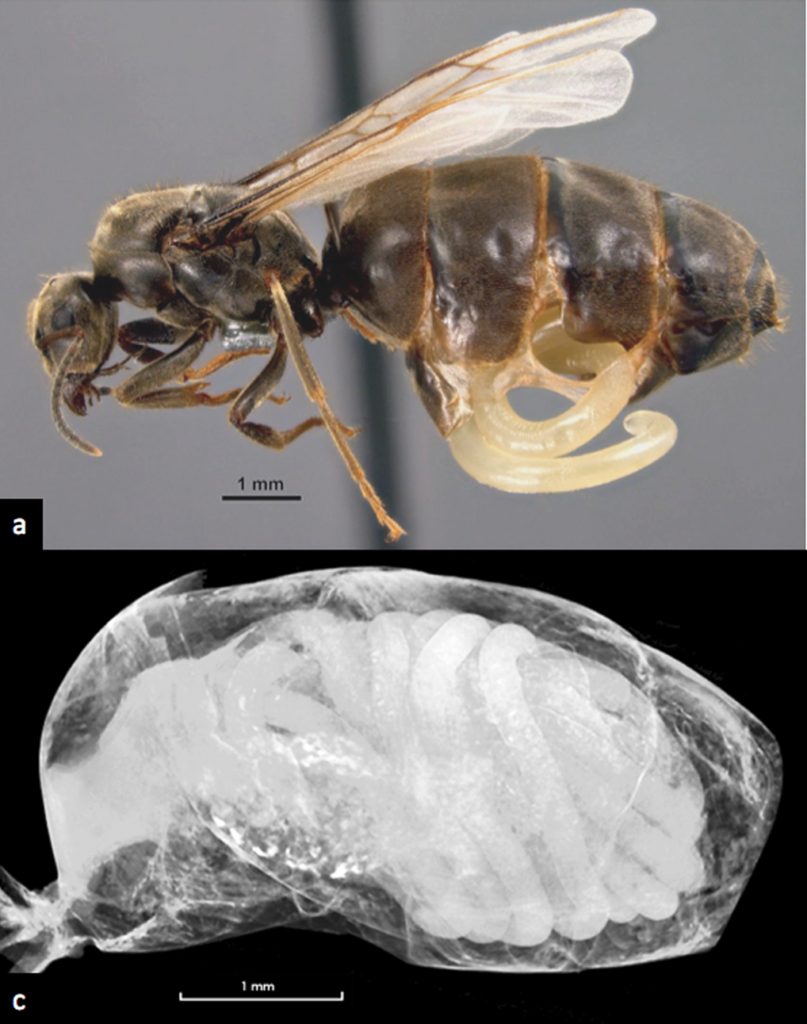
MNB: What is the take-home message of your work?
AL: My personal insights can be summarized as two main points:
Firstly, even though hosts and pathogens involved in parasite-induced ant phenotypes are extremely diverse, phylogenetically distant parasites can cause strikingly similar morphologies in their hosts. This points to common developmental pathways that may be targeted by parasites of different taxa.
Secondly, the research tradition on ants and their parasites goes back almost three centuries and there is no shortage of case studies on selected host-parasite systems. But the developmental mechanisms underlying the observed morphological changes are still largely unstudied, meaning there is ample opportunity for further research within entomology, EvoDevo, and interdisciplinary collaborations.
MNB: What was your motivation for this study?
AL: I actually got interested in ant parasites during my PhD project, while examining the caste morphology of exploding ants. In one nest sample, we found two specimens with strongly altered colour and proportions that looked like intermediates between workers and queens. A microCT scan revealed that they were infected by mermithid nematodes! We published these findings in Myrmecological News (Laciny et al. 2017) and I fell in love with the bizarre world of parasite-induced morphologies.
But when I looked around to find papers on other morphological changes caused by parasite infections, I couldn’t find any review articles. There were lots of case studies on individual host-parasite systems, but nothing to summarize them or put them in context. Some great review papers discussed ants and parasites from a behavioural aspect (de Bekker et al. 2018), but working mainly on museum specimens, I was more interested in morphology. And on the (Eco)EvoDevo side of things, I was also surprised to see ant-parasite systems largely ignored or confined to footnotes, even though these “natural experiments” can tell us so much about things like caste determination, larval development, and plasticity. So I finally decided to write the paper I had always wanted to read, and the idea for my postdoc work was born.
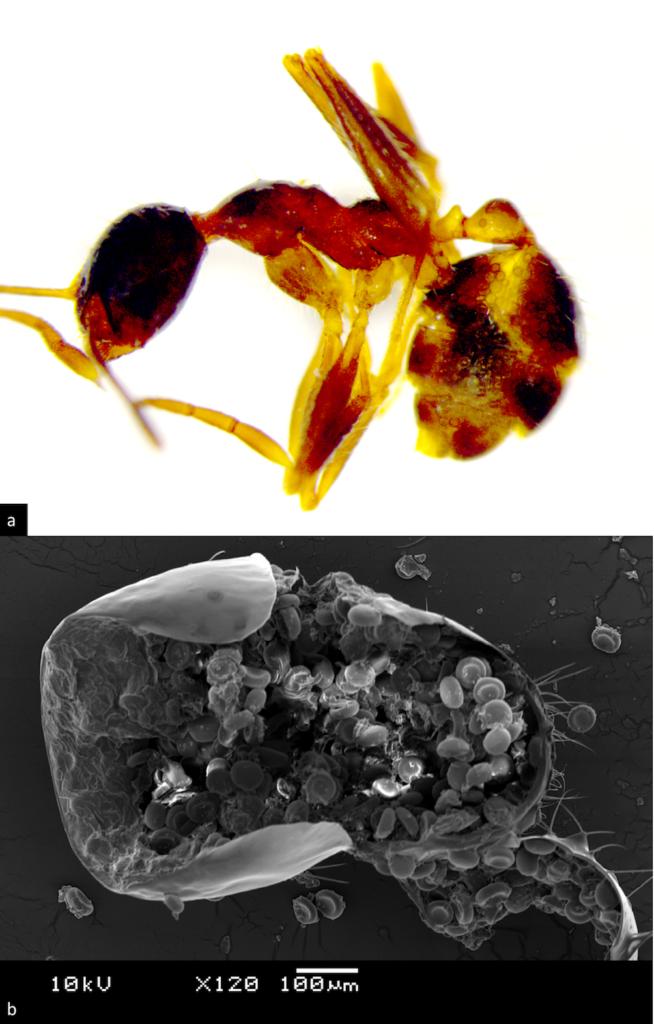
MNB: What was the biggest obstacle you had to overcome in this project?
AL: There was not just one! It was a real learning process, starting with the somewhat crazy idea to write a big review paper on my own. Then there was the literature research that involved papers from as early as 1747, and resources in many different languages – I am very grateful for the opportunity to use the Natural History Museum’s zoological library and the online services of BHL and to my high-school French and Latin teachers!
Maybe the most difficult part was figuring how to deal with inconsistencies. Authors have different opinions on what belongs in the same caste or species, which makes comparing publications very challenging. There are even some cases where parasite-induced phenotypes were treated as distinct species. Handling these controversial results taught me a lot about how we can deal with uncertainties in science and made me more aware of my own biases. Which opinions contradict what we currently know about ant development or ecology? Where should I draw the line and say that I can’t be certain, that I just don’t know? These are methodological and philosophical problems that I addressed in a separate section of the paper, hoping to help others who are facing the same issues.
MNB: Do you have any tips for others who are interested in doing related research?
AL: Writing a literature review can be extremely rewarding and useful, especially when you are starting to explore a new research area. It’s good to take your time, find the knowledge gaps you want to address, and get deep into the material – but not everyone needs to spend two years on it. If you want to learn from my mistakes, draw very clear boundaries on which topics you want to include. There is so much literature out there, and once you are in the rabbit-hole, it can be difficult to find the right point to stop digging.
Also, dare to be critical of what you read. Especially when working with historical literature, you will inevitably deal with outdated or inconsistent information. On the other hand, some historical papers may even surprise you with how advanced and complex their insights were. Sifting through this data can be tedious, but also very exciting, if you see it as a kind of entomological detective work!
MNB: Where do you see the future for this particular field of ant research?
AL: If my wishes were to come true, then myrmecologists in the field or museums would gain an increasing awareness for these weird and fascinating specimens. Now that we know which changes to be aware of, I hope that more colleagues will notice them in the wild or their collections, and fall in love with them like I did – or at least steer clear of any more misidentifications or species descriptions based on parasite-induced alterations.
I also hope to see more ants and parasites in (Eco)EvoDevo research. While compiling this review paper, I noticed just how little we still know about these systems, especially about the developmental pathways and mechanisms involved in producing these morphological changes. There is so much work to be done in developmental biology, proteomics, epigenetics… so we also need people in the lab interested in ants and parasites.
Based on what we know so far, I believe these systems are a great source of knowledge about insect development and evolution and I would love to see them take on a more prominent role in future studies!
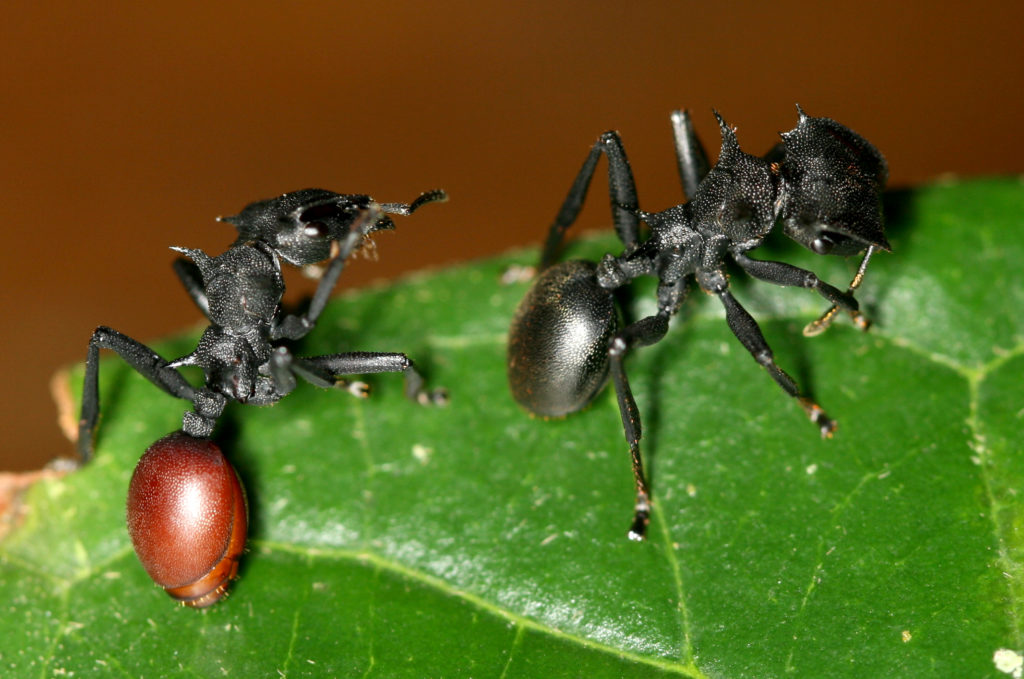
References
Laciny, A., Zettel, H., Metscher, B., Kamariah, A. S., Kopchinskiy, A., Pretzer, C., & Druzhinina, I. S. (2017). Morphological variation and mermithism in female castes of Colobopsis sp. nrSA, a Bornean “exploding ant” of the Colobopsis cylindrica group (Hymenoptera: Formicidae). . Myrmecological News, 24, 91-106.
de Bekker, C., Will, I., Das, B., & Adams, R. M. (2018). The ants (Hymenoptera: Formicidae) and their parasites: effects of parasitic manipulations and host responses on ant behavioral ecology. – Myrmecological News, 28, 1-24


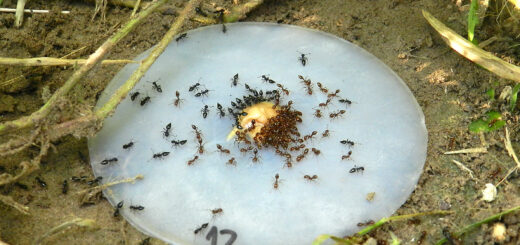
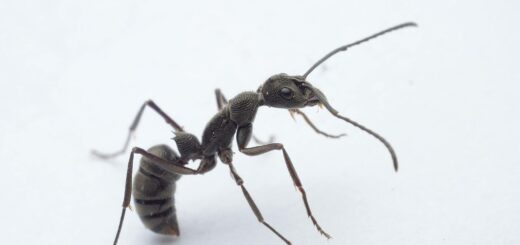

A very great and revealing article. More please!!!